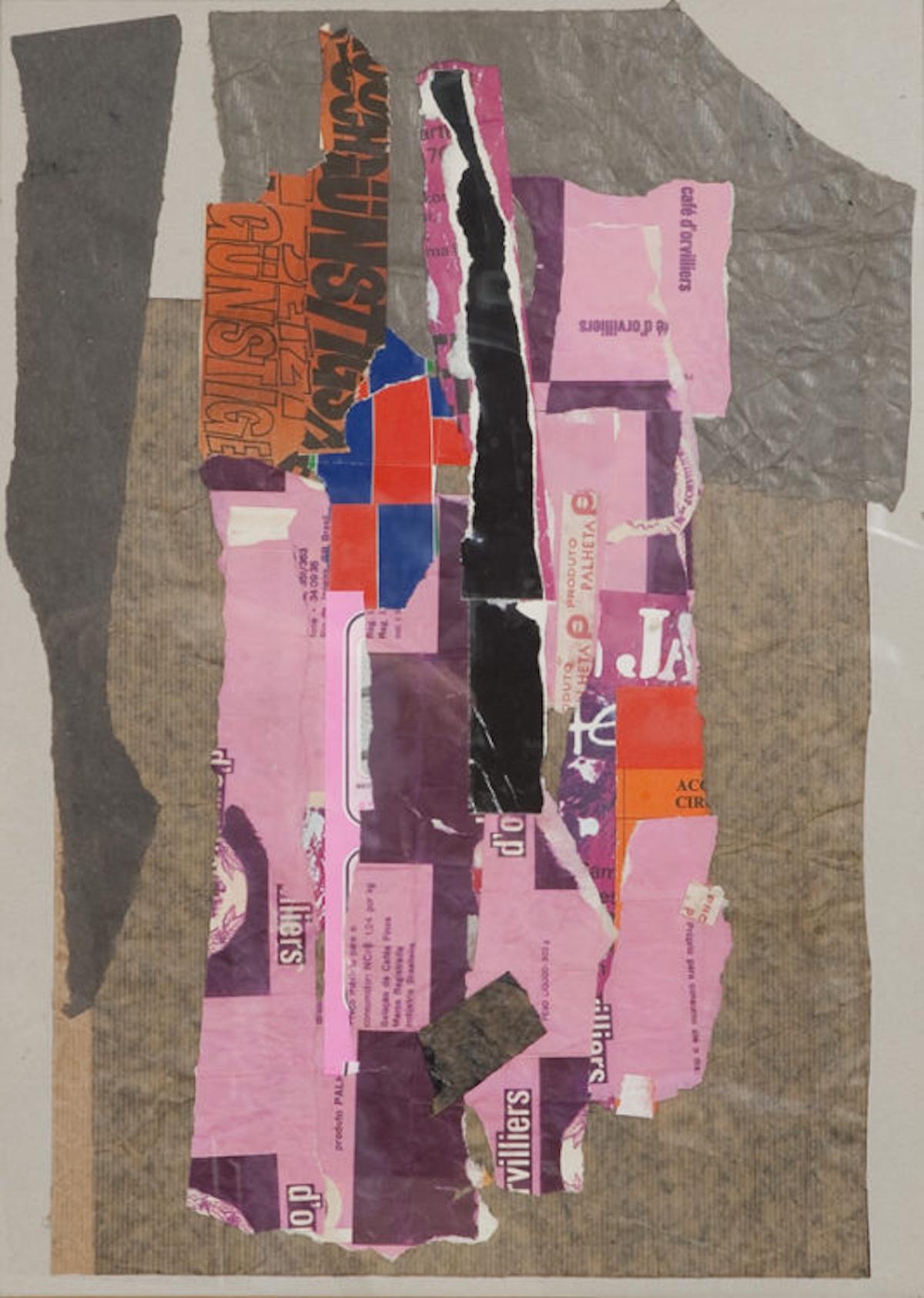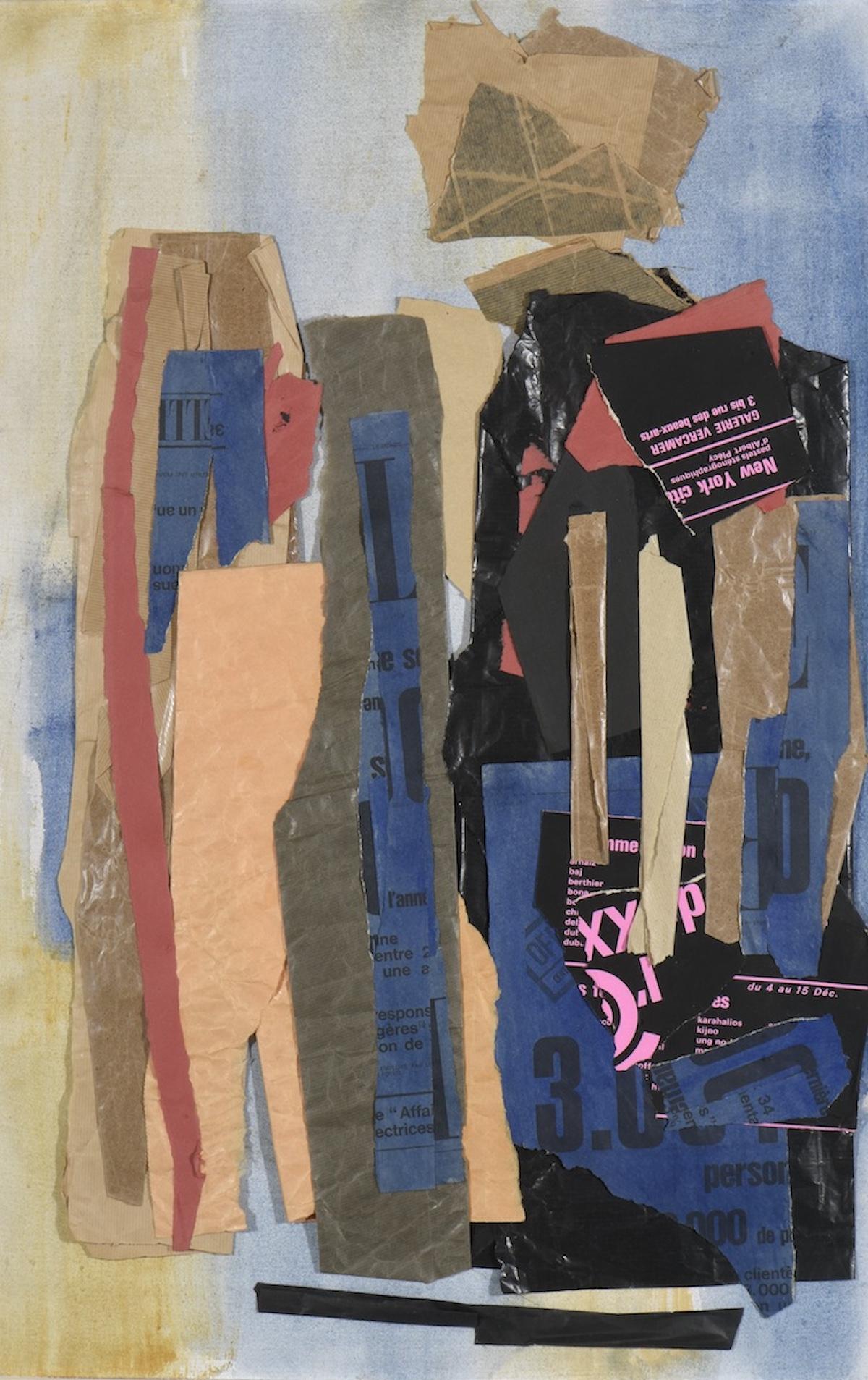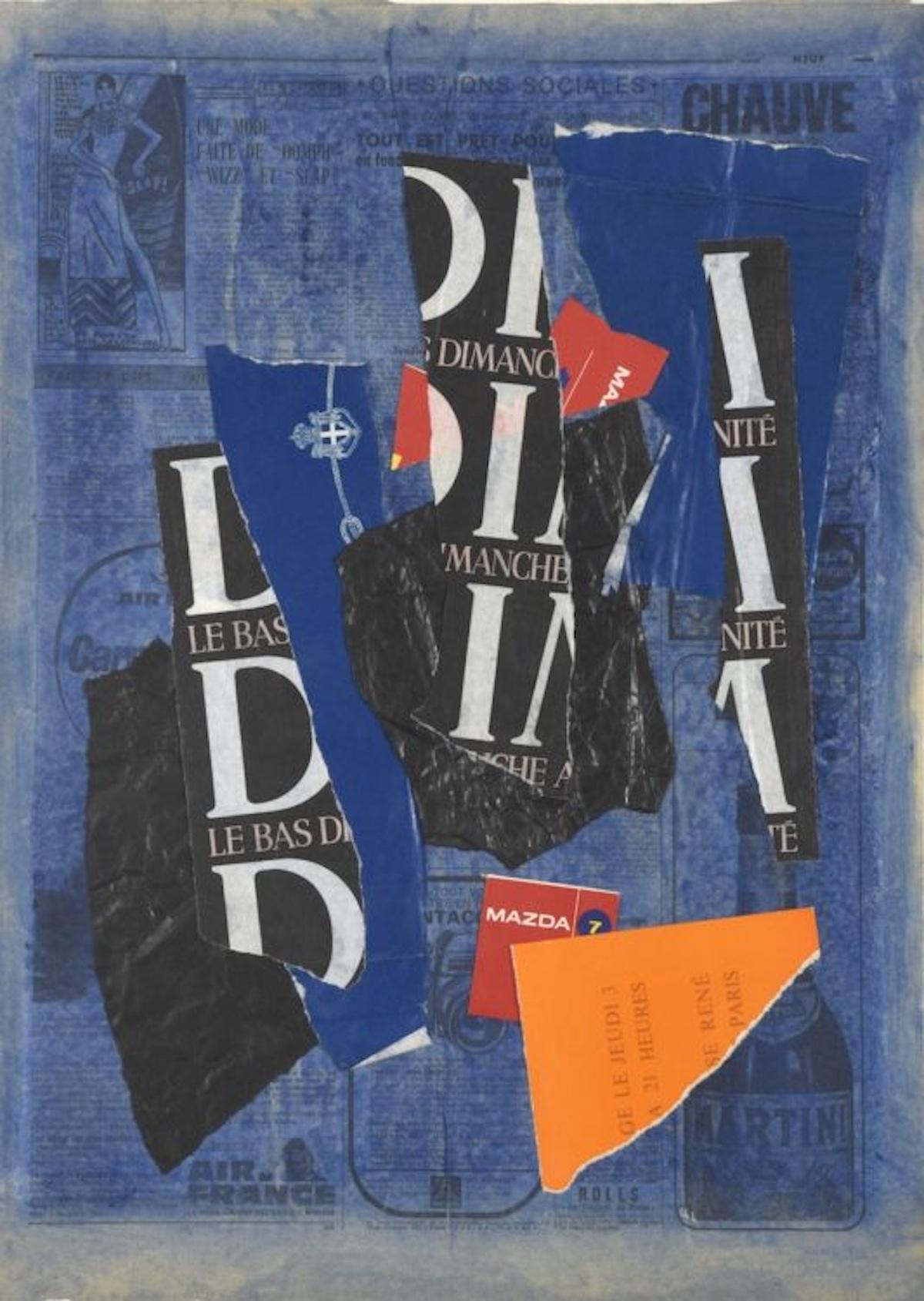By 1912, Jeanne left Romania for Berlin, where she first became engaged with the avant-garde movement. She continued her studies alongside Russian Cubo-Futurists Michel Larionov and Natalia Goncharova. Larionov and Goncharova are the founders of Rayonism, a movement that focused on representing objects not through form, but instead as rays of light. By rejecting the typical representation of objects, Rayonism is considered to be an early form of abstraction, as well as one of Russia’s first modern art movements. Also in 1912, the movement’s founders published their own Rayonist Manifesto, in a similar fashion to their futurist counterparts. It was during this time in Berlin that Jeanne was able to interact with Diaghilev's Ballets Russes, a group often regarded as one of the most significant dance groups of the 20th century. This time in Berlin had a profound impact on Jeanne’s later work and career, with this early interaction with abstraction and unconventional artists leaving an invaluable mark on her work.
Jeanne’s career was drastically altered when Romania joined the Allied Powers in their efforts in World War I, with the nation officially going to war in 1916, two years into the war. The artist was forced to seek refuge in her home country of Romania, residing in Moldova. With art supplies and the paints that Jeanne was accustomed to using in her practice becoming unavailable during the war, she had to make some changes. She did not let the war stop her creative progression, instead turning to collage as a means of making art by using what she already had available to her. She made Rayonist compositions using pieces of colored paper and tissue, progressing the aesthetic to a point its founders hadn’t even reached. Even long after the war had come and gone, collage remained an integral part of Jeanne’s practice.































